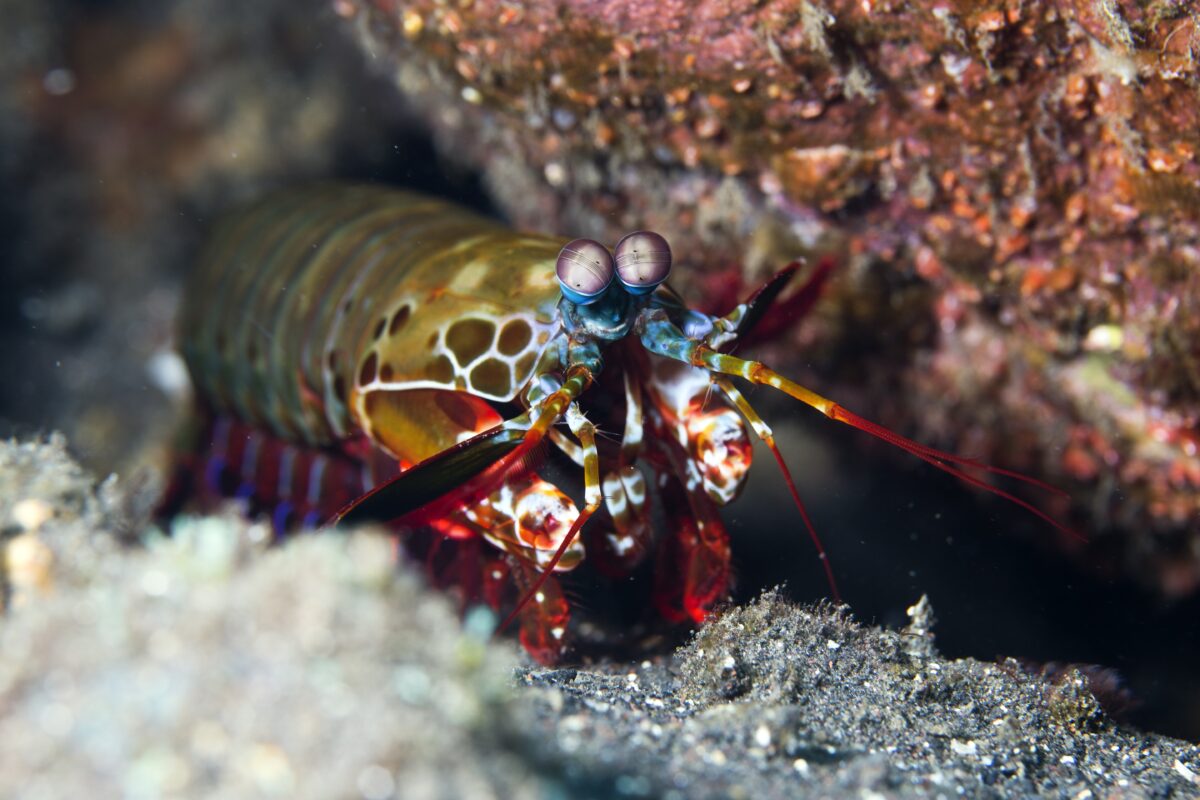UMBC’s new Grand Challenge Scholars Program invites students from all fields to tackle major issues of our time
The scholars program invites students from all majors to work together on pressing challenges facing society, from sustainability to health and security issues. Students will have the opportunity to develop their own pathway to complete the program requirements based on the topic they choose. Continue Reading UMBC’s new Grand Challenge Scholars Program invites students from all fields to tackle major issues of our time







